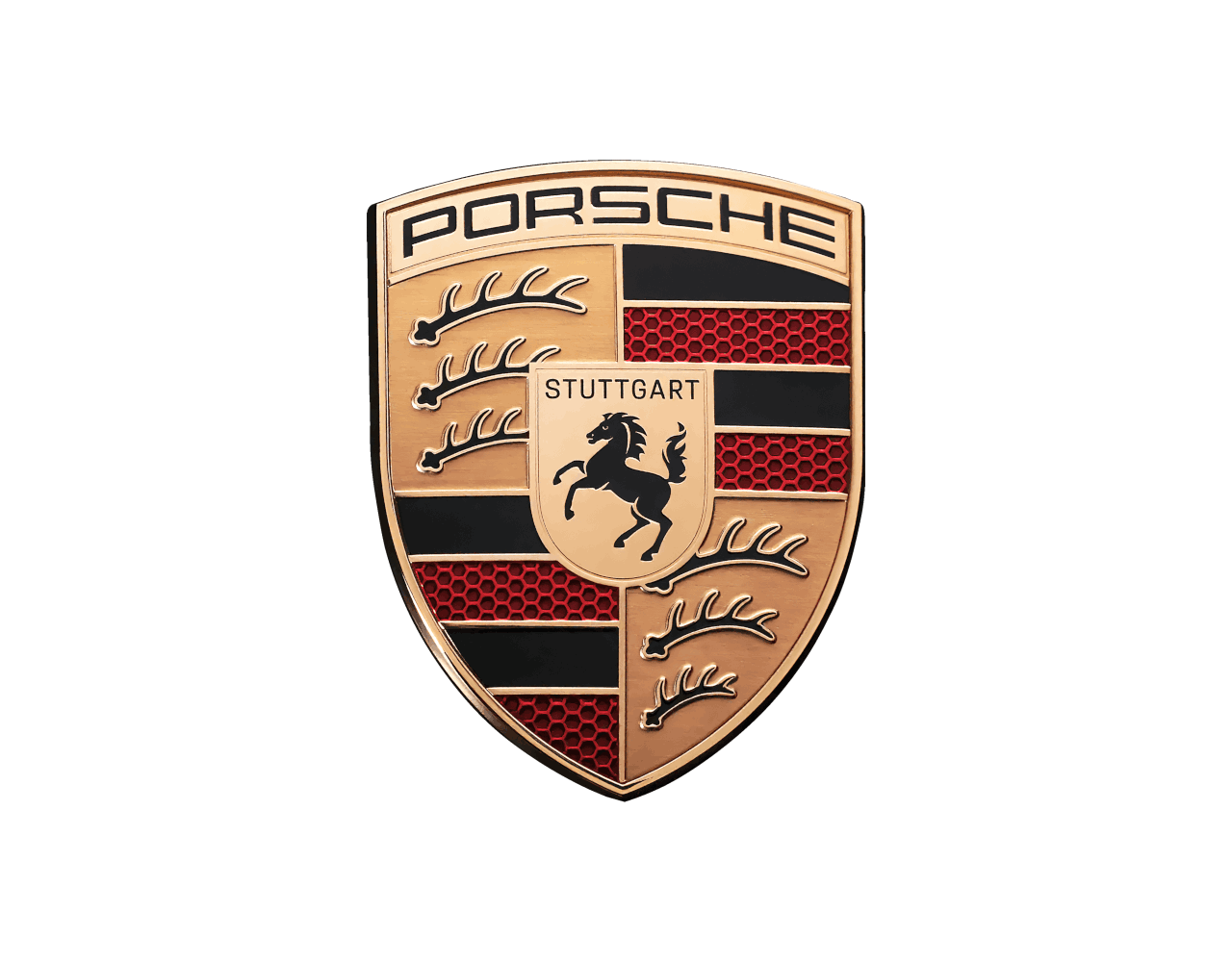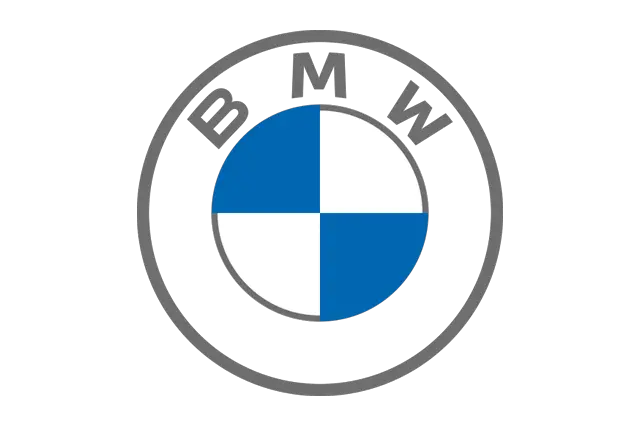

Absolutely not. Money no object, and assuming you’re only picking from factory options, the Dakar is the one to get. Less delicate, more versatile, and still a head-turner.


Absolutely not. Money no object, and assuming you’re only picking from factory options, the Dakar is the one to get. Less delicate, more versatile, and still a head-turner.

Different cars make different kinds of driving fun. My old BMW is a poor A-B car but great for 10/10 racetrack antics and slow nighttime cruises. I just recently bought a Porsche that honestly doesn’t like cornering, but happily dispatches highway miles without incurring any driver fatigue. If I had an excuse to drive across the continent, it would be the 911 all day (week).


The only track that could remotely need CCA to help you access is Thermal. Which is boring as hell compared to Willow Springs, Streets of Willow, Buttonwillow and Chuckwalla. There are many orgs hosting track days at those venues, ranging from disciplined to complete anarchy. Knock yourself out however you like at MotorsportReg.
Speaking as a track instructor, it’s just another car - the rules of physics don’t change just because you went from FWD to RWD and gave it more power. Don’t fear oversteer like some people are advising - learn how to break the rears loose (which will teach you how to avoid doing so) and practice what to do if it happens so that you’ll never be caught off-guard. ALWAYS point the front tires where you want to go, and it won’t matter if you break the rear tires loose.


I found a whole NGK spark plug, in its box, in my front right. C’est la vie.
Unless it overheated, an S58’s not going to care about 6-7000rpm at low load for 10 minutes. We regularly run these things on track, to redline, under full load, with G-forces compromising the oil supply, for 20 minutes.
A rigid frame helps a lot for ride quality unfortunately. A soft frame is basically another spring to flex when you hit a bump, except there’s no damper to control this motion so it can just oscillate, which produces noise and vibrations in the cabin. The stiffer the frame, the more of the bump energy goes into the damper instead (simplified statement but roughly right). That improves body control, tire control (traction), noise, and vibrations.
I don’t know how much you can stiffen an old Chevy frame but I’d start there, and use the smallest diameter wheel possible to get a lot of tire sidewall (acts as an extra soft spring preventing forces from spiking in the suspension). Further improvements can come from lighter suspension/steering components and you can always bandaid with Dynamat or other heavy insulation when you’ve run out of low hanging fruit.